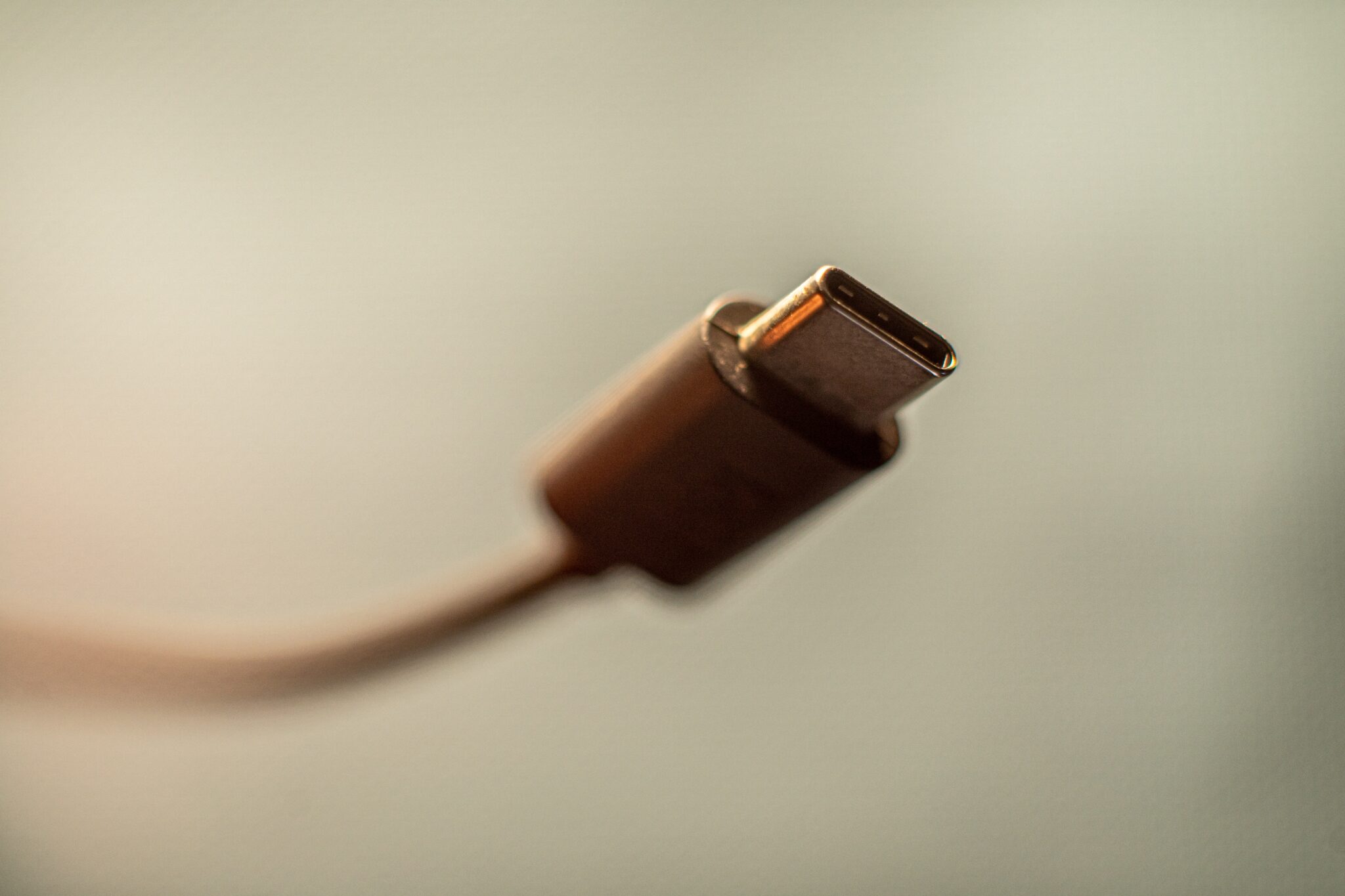
USB-C vs. Thunderbolt – When Form Factors Collide
Posted on June 20, 2023
USB-C has revitalized wired connectivity, offering much higher bandwidth and data transmission speeds than was possible with older form factors like USB-A, or even Apple’s Lightning.
But what about Thunderbolt? Does USB-C replace the Thunderbolt standard? Or can these two technologies work together? Here is an overview.
Thunderbolt – An Interface, Not Just a Cable
While DisplayPort did a good job of replacing the old VGA port for connecting displays, it still left some things to be desired. Many commercial applications rely on running multiple displays in tandem, and connecting them to individual DisplayPort connections with the assorted power cables is a pain.
The Thunderbolt standard was developed by Intel to solve this very issue. The idea was to create a high-performance optical cable that could transmit multiple data in multiple lanes, serving displays as well as other peripheral devices at the same time.
But optical cables cannot transmit power, besides being prohibitively expensive. So Intel switched to high-quality copper cables, using the Mini DisplayPort connector to interface with devices. The resultant Thunderbolt 1 cable could power entire chains of compatible displays at once, reducing the cost of installing multiple displays.
The USB-C Factor
USB-C came as a shot in the arm for the USB standard, finally giving its cables the power and flexibility to beat Apple’s Lightning interface. USB-C connectors are small, reversible, and highly durable, making them ideal for connecting mobile devices as well as larger systems easily.
These advantages have made USB-C the de-facto standard for wired connections, with even Apple adopting USB-C ports in their latest devices. Even DisplayPort is supported by USB-C cables through the Alternate Mode.
It is no surprise then that the Thunderbolt interface has switched to USB-C as well, even if the exact specifications of the cables and ports used for Thunderbolt slightly differ. With this change, Thunderbolt 3 became capable of powering multiple 4K displays at 60Hz. And thanks to USB-C Power Delivery, it can even supply up to 100W of power.
So Wait, Thunderbolt and USB-C Are the Same?
Yes and no. USB-C is merely a new form factor for wired cables and connectors. Normally, a USB-C cable would implement the USB protocol (USB 3 or USB 4), but with the right type of port and cable, it can interface using Thunderbolt 3 or Thunderbolt 4 as well.
This can create some confusion, as physically both Thunderbolt and standard USB cables look the same. The only difference is a lightning bolt symbol printed on both ends of the cable, as well as above a compatible port.
Even if are not using Thunderbolt to connect a display, the data transmission rates are much higher than USB, making it important to use the right cable for maximum efficiency.
How Can Embedded PCs Benefit From Thunderbolt?
The daisy chaining of displays is the most obvious use case of the Thunderbolt technology, but not the only one. With the latest Thunderbolt 4 specification it is possible to power USB hubs that can connect with multiple Thunderbolt devices more easily.
This has great utility in setting up digital signage solutions since a single computer can now easily drive multiple displays and other peripheral devices without complicated wiring schemes. The higher data transfer speed is less useful in this space, but applications like server racks can still benefit from them.
Which Standard is More Important for Industrial Computers?
The industrial space often moves slowly, still relying on legacy standards like COM ports. At the same time, some applications require cutting-edge solutions, and things like advertising systems can benefit greatly from Thunderbolt.
And thanks to its adoption of USB-C, we are seeing more and more boards starting to implement Thunderbolt ports in their I/O panel. That being said, the adoption of the standard USB-C is much higher and is likely to be found more commonly than the more expensive Thunderbolt 4.
